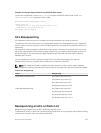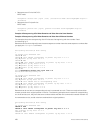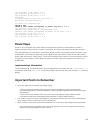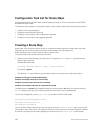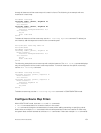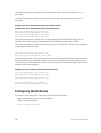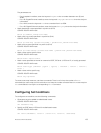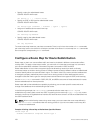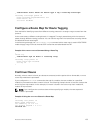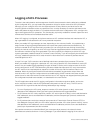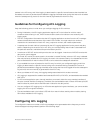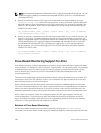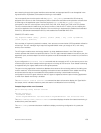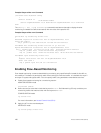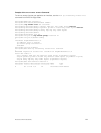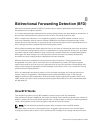
redistribute static metric 20 metric-type 2 tag 0 route-map staticospf
!
route-map staticospf permit 10
match interface GigabitEthernet 0/0
match metric 255
set level backbone
Configure a Route Map for Route Tagging
One method for identifying routes from different routing protocols is to assign a tag to routes from that
protocol.
As the route enters a different routing domain, it is tagged. The tag is passed along with the route as it
passes through different routing protocols. You can use this tag when the route leaves a routing domain
to redistribute those routes again.
In the following example, the redistribute ospf command with a route map is used in ROUTER RIP
mode to apply a tag of 34 to all internal OSPF routes that are redistributed into RIP.
Example of the redistribute Command Using a Route Tag
!
router rip
redistribute ospf 34 metric 1 route-map torip
!
route-map torip permit 10
match route-type internal
set tag 34
!
Continue Clause
Normally, when a match is found, set clauses are executed, and the packet is then forwarded; no more
route-map modules are processed.
If you configure the continue command at the end of a module, the next module (or a specified
module) is processed even after a match is found. The following example shows a continue clause at the
end of a route-map module. In this example, if a match is found in the route-map “test” module 10,
module 30 is processed.
NOTE: If you configure the continue clause without specifying a module, the next sequential
module is processed.
Example of Using the continue Clause in a Route Map
!
route-map test permit 10
match commu comm-list1
set community 1:1 1:2 1:3
set as-path prepend 1 2 3 4 5
continue 30!
Access Control Lists (ACLs)
135



